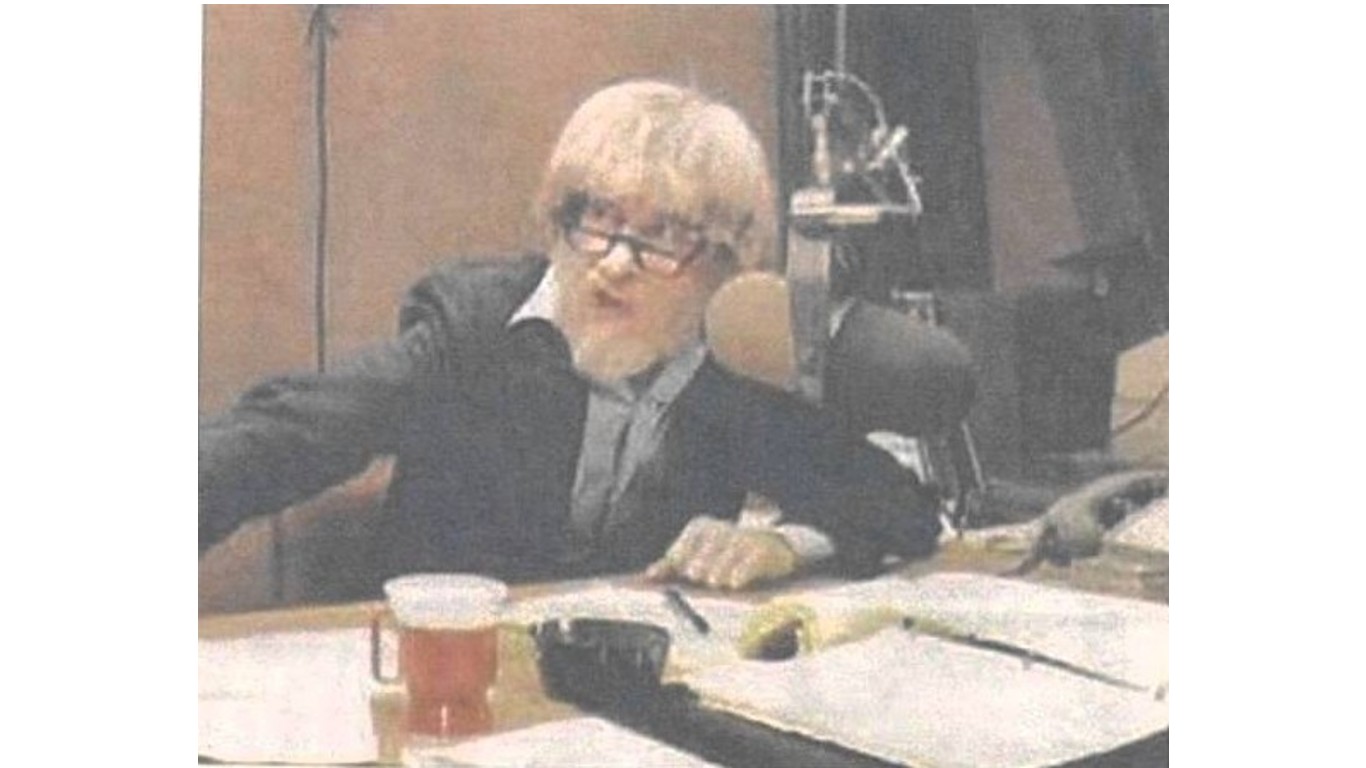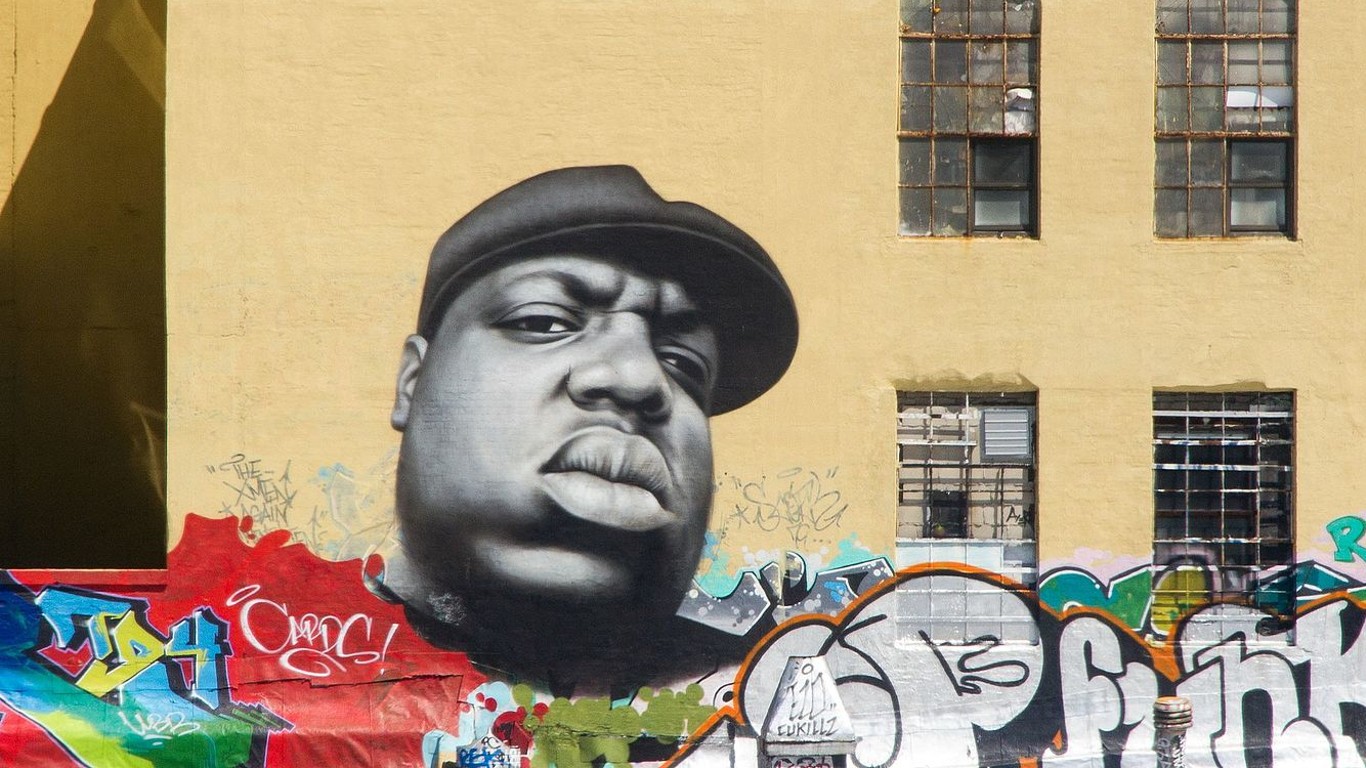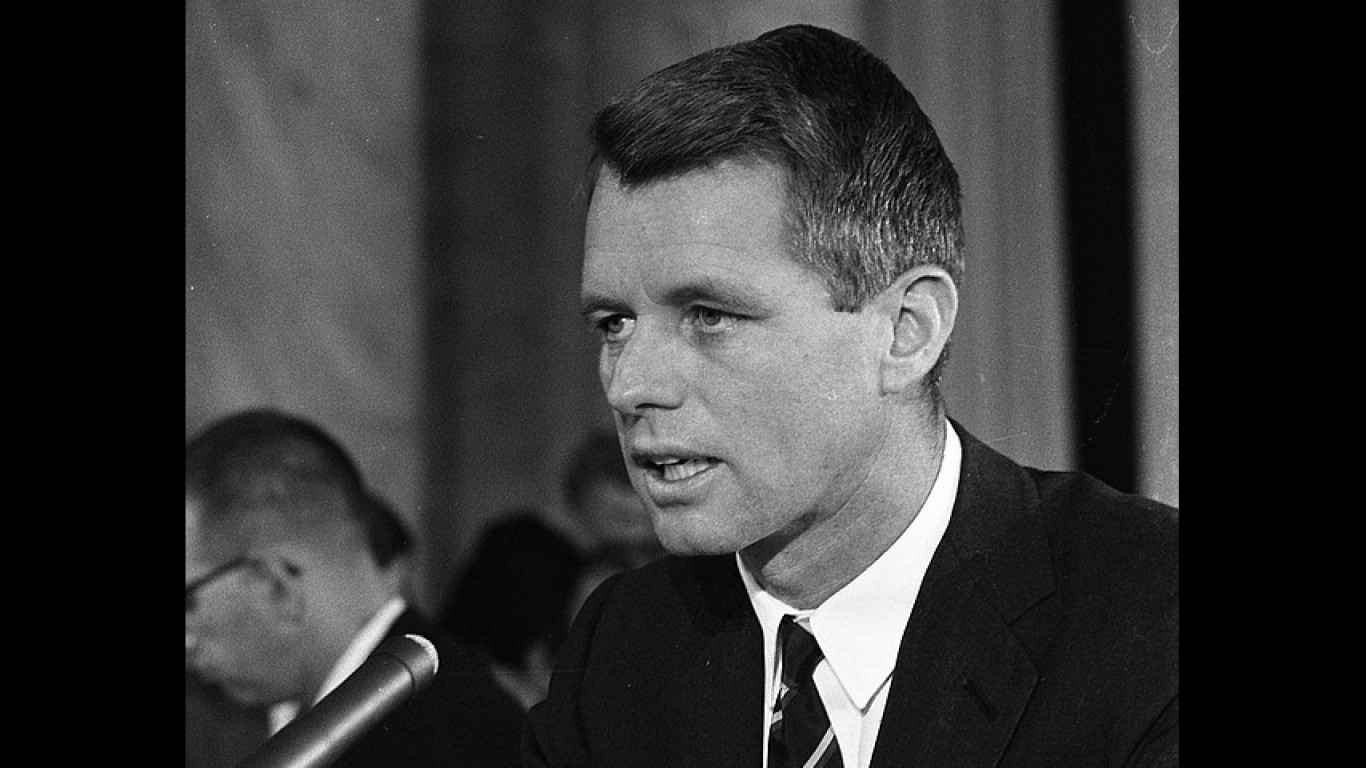
Former Japanese Prime Minister Shinzo Abe was assassinated while delivering a speech last July. Local media reported the gunman was “dissatisfied” with Abe, though details about the crime are still emerging.
The killing shocked Japan. The nation is one of the safest in the world and has among the strictest gun control laws. The gunman reportedly used a homemade weapon.
These kinds of attacks are much more common in the U.S., as would-be assailants have little difficulty acquiring firearms. Throughout U.S. history, dozens of politicians, activists, celebrities, and other notable people have been assassinated.
24/7 Tempo reviewed historical sources such as History and Encyclopedia Britannica to compile a list of some of the most infamous assassinations in American history.
Throughout U.S. history four presidents have been assassinated, in addition to several other attempts and near misses. Activists and other political figures are common targets for these killings, particularly during the Civil Rights Era, when Black Americans were often killed while calling for equality. These are the most important moments of the Civil Rights movement.
Nearly all of the assassinations on this list were carried out using a gun. A number of other near misses, including the shooting of President Ronald Reagan, also featured firearms. A handful of others were carried out with bombs or unknown weapons. These are the most famous failed assassinations.
Click here to see the most famous assassinations in American history
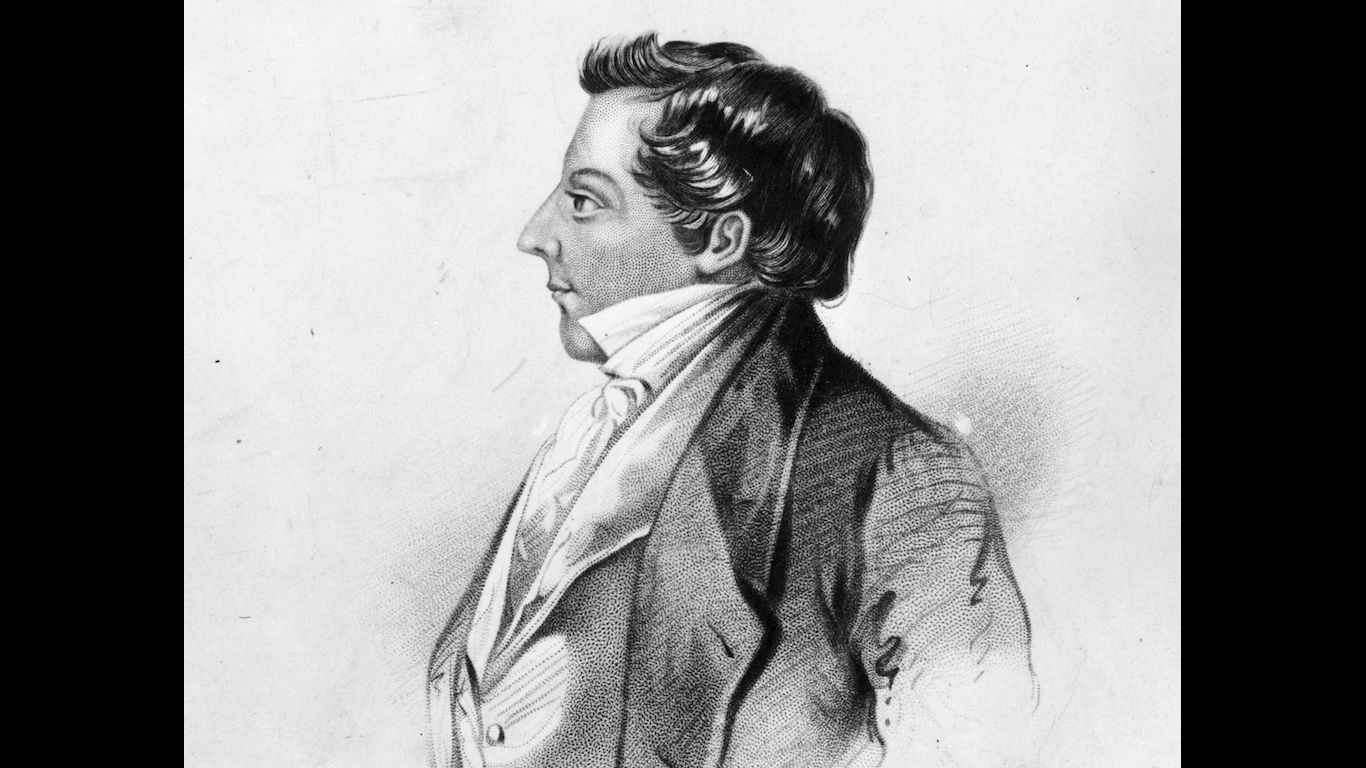
1. Joseph Smith Jr., 1844
> Known as: Leader of Mormon Church
> Killed by: Mob
> Assassination location: Carthage, Illinois
Joseph Smith, Jr., leader of the Mormon Church, tried to halt the printing of a newspaper in Illinois that wrote articles objecting to his church’s acceptance of polygamy. Smith’s action stirred the ire of residents in surrounding towns. A judge in Carthage, Illinois, ruled the act of stopping the press as inciting a riot and issued an arrest warrant for Smith. When Joseph Smith and his brother, Hyrum, showed up for the trial in Carthage, an angry mob of about 100 was waiting. The mob attacked the two men, killing both. Undeterred by the death of its founder, the Mormon Church not only survived but grew into one of the most powerful religious organizations in the United States.
[in-text-ad]
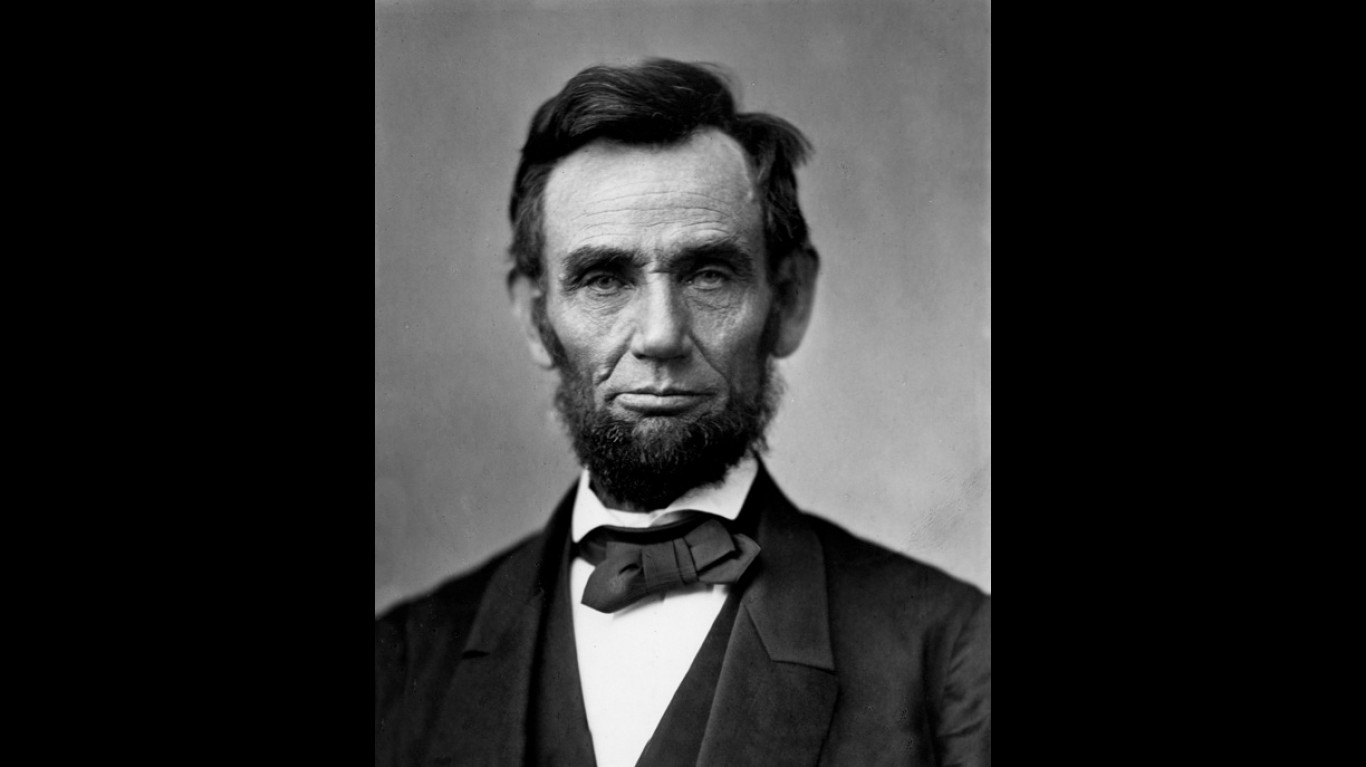
2. Abraham Lincoln, 1865
> Known as: President of the United States
> Killed by: John Wilkes Booth
> Assassination location: Washington, D.C.
At the time of Abraham Lincoln’s assassination, the Civil War was coming to an end and the slaves had been freed. Nevertheless, to his assassin, John Wilkes Booth, Lincoln represented the man who defeated his beloved South. No one knows how the nation would have fared had Lincoln remained president in the aftermath of the war and Reconstruction. However, many believe that given his influence and his call to follow “our better angels” he would have helped in healing the wounds and reuniting a broken country.
3. James Garfield, 1881
> Known as: President of the United States
> Killed by: Charles J. Guiteau
> Assassination location: Washington, D.C.
James Garfield’s legacy is he was the second president assassinated in U.S. history, serving as chief executive only from March to September of 1881. Garfield didn’t die immediately after he was shot on July 2, 1881 by attorney Charles Guiteau, who was angry over being denied a political appointment. Garfield’s death came later, on Sept. 19, 1881, when he succumbed to an infection. Garfield’s brief presidential tenure and his assassination overshadow his military service for the North during the Civil War and his years in Congress supporting President Lincoln.

4. David Hennessy, 1890
> Known as: Police chief of New Orleans
> Killed by: Allegedly killed by organized crime
> Assassination location: New Orleans, Louisiana
When New Orleans Police Chief David Hennessy tried to stop an ongoing dispute between Italian immigrants, he ended up getting shot. Already fearful of the newcomers, the city’s residents turned against Italians, and a mob shot nine of the 19 defendants accused of the chief’s assassination, and hanged two. The action enraged the Italian government, which recalled its ambassador to the United States, and the assassination of the police chief set off a wave of anti-immigrant fervor against Italians.
[in-text-ad-2]
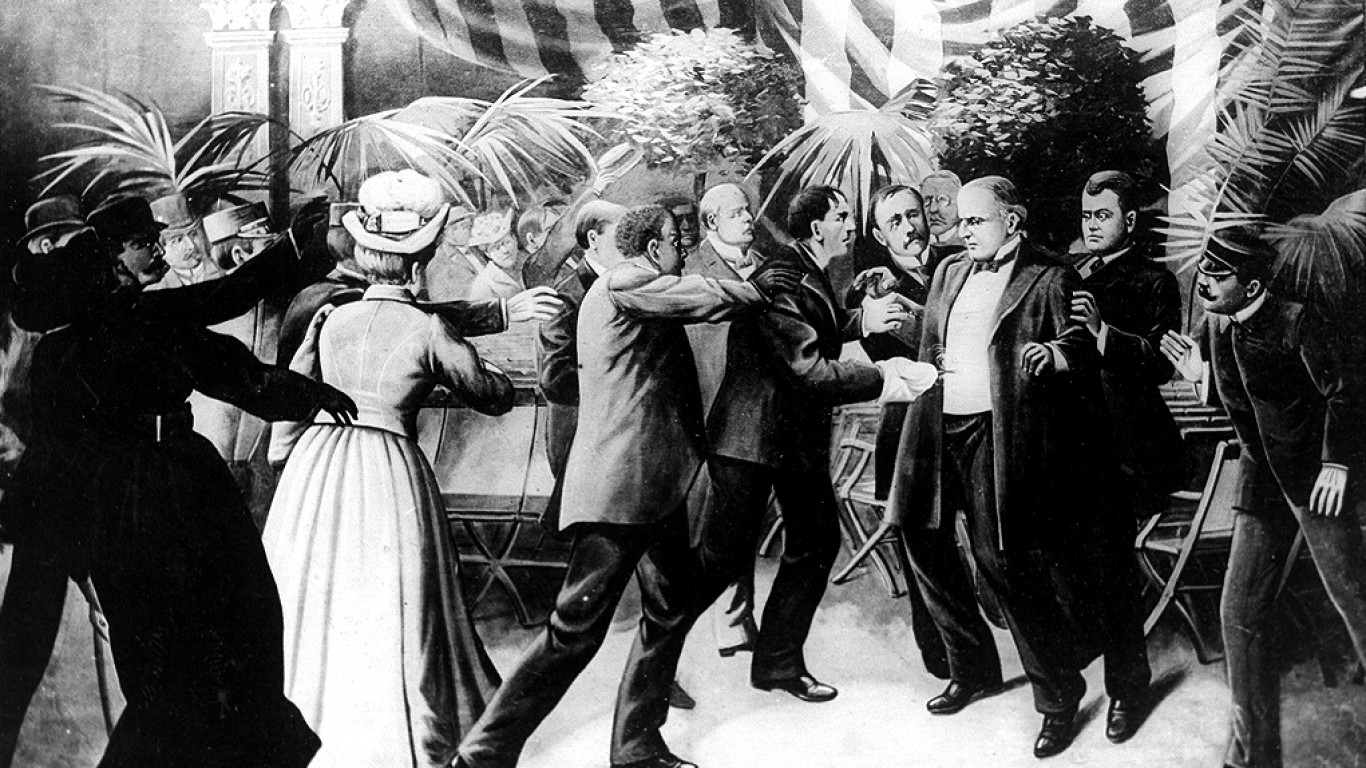
5. William McKinley, 1901
> Known as: President of the United States
> Killed by: Leon Czolgosz
> Assassination location: Buffalo, New New York
Like Lincoln, President William McKinley was assassinated following several triumphs. His administration had overseen victory in the Spanish-American War and he had just won re-election. Yet soon after his second inauguration, he was shot by a self-described anarchist, Leon Czolgosz, in Buffalo. McKinley’s subsequent death from his wounds paved the way for his vice president to take his place, one who has a more lasting memory in the nation’s history — Theodore Roosevelt.
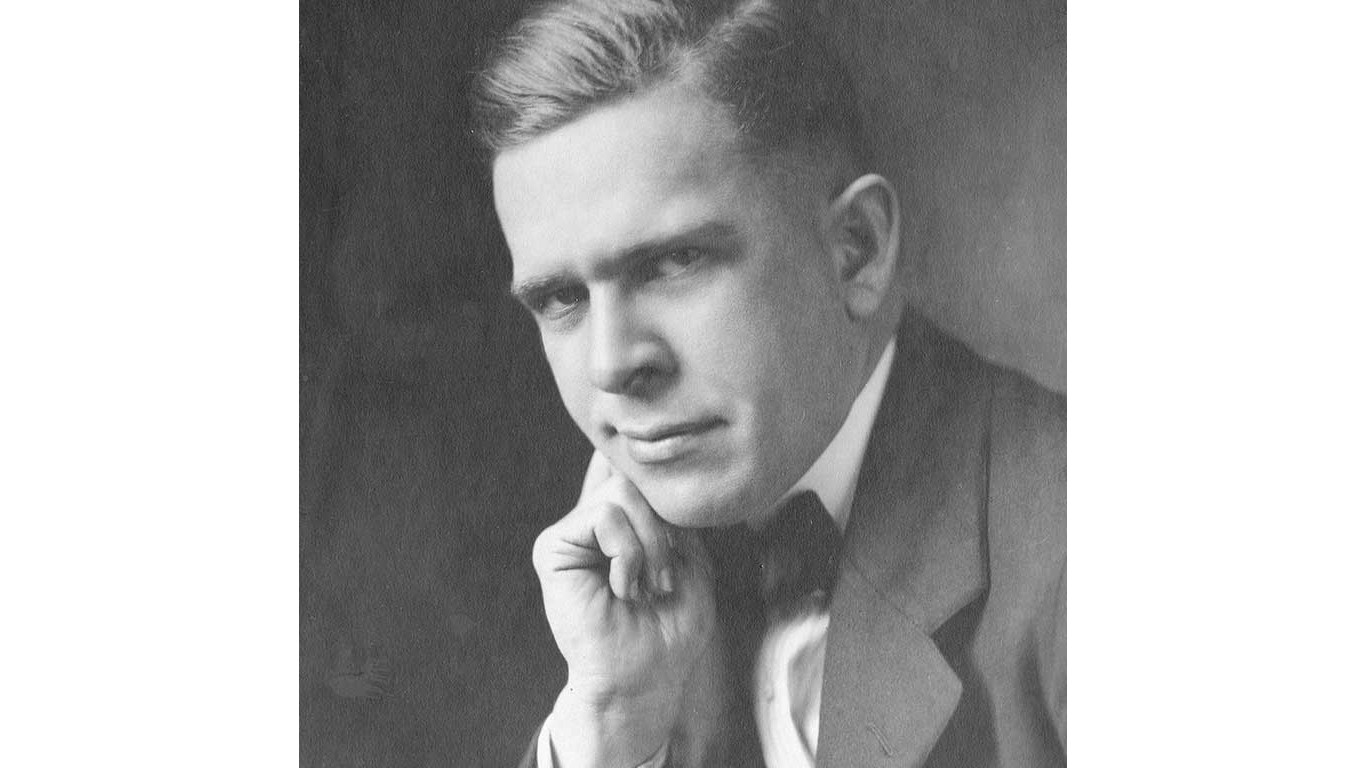
6. Don Mellett, 1926
> Known as: Journalist-muckraker
> Killed by: Organized crime
> Assassination location: Canton, Ohio
As editor of the Canton (Ohio) Daily News, Don Mellett led a crusade against city corruption. When Mellet investigated the murder of a criminal who had knowledge of corruption in Canton, he published his discoveries, including identifying a bootlegger for the murder. He was then killed by the bootlegger’s henchmen, who included a detective. Soon after his death, the newspaper he oversaw, the Canton Daily News, was bought out by another paper. The Canton Daily News Building installed a cornerstone honoring his memory.
[in-text-ad]
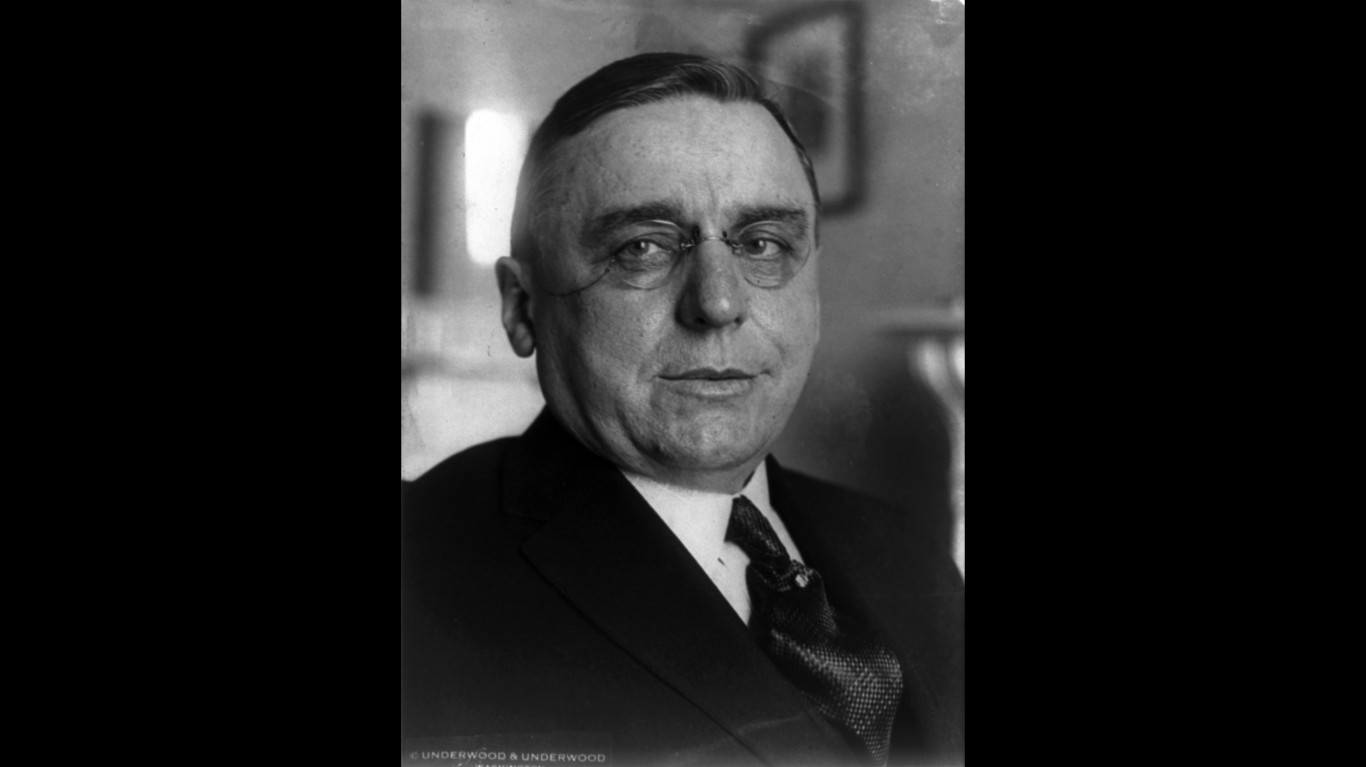
7. Anton Cermak, 1933
> Known as: Mayor of Chicago
> Killed by: Giuseppe Zangara
> Assassination location: Miami, Florida
Born in Kladno, Czechoslovakia, Anton Cermak rose to political power as the mayor of Chicago and leader of the city’s Democratic Party. During a trip to Miami to meet with President-elect Franklin D. Roosevelt, the two men were attacked by an Italian immigrant, Giuseppe Zangara, who harbored hatred toward politicians and government. Zangara was reportedly aiming for Roosevelt but hit the Chicago mayor instead. More than a footnote in history, Cermak’s assassination begs the question: If Zangara had hit his mark, how would the nation have fared without FDR leading the country through the Great Depression and World War II?

8. Walter Liggett, 1935
> Known as: Journalist-muckraker
> Killed by: Minnesota organized crime family
> Assassination location: Minneapolis, Minnesota
Proving once again that journalism can be a dangerous business, Walter Liggett became a target of the gangsters and the corrupt politicians running Minneapolis and St. Paul in the 1930s. When his newspaper, the Midwest American, uncovered the shady dealings between mobsters and politicians, including the state governor at the time, Liggett was assassinated. Though Liggett’s wife witnessed the shooting and identified the killer, a mob leader named Kid Cann, he was acquitted of the crime.
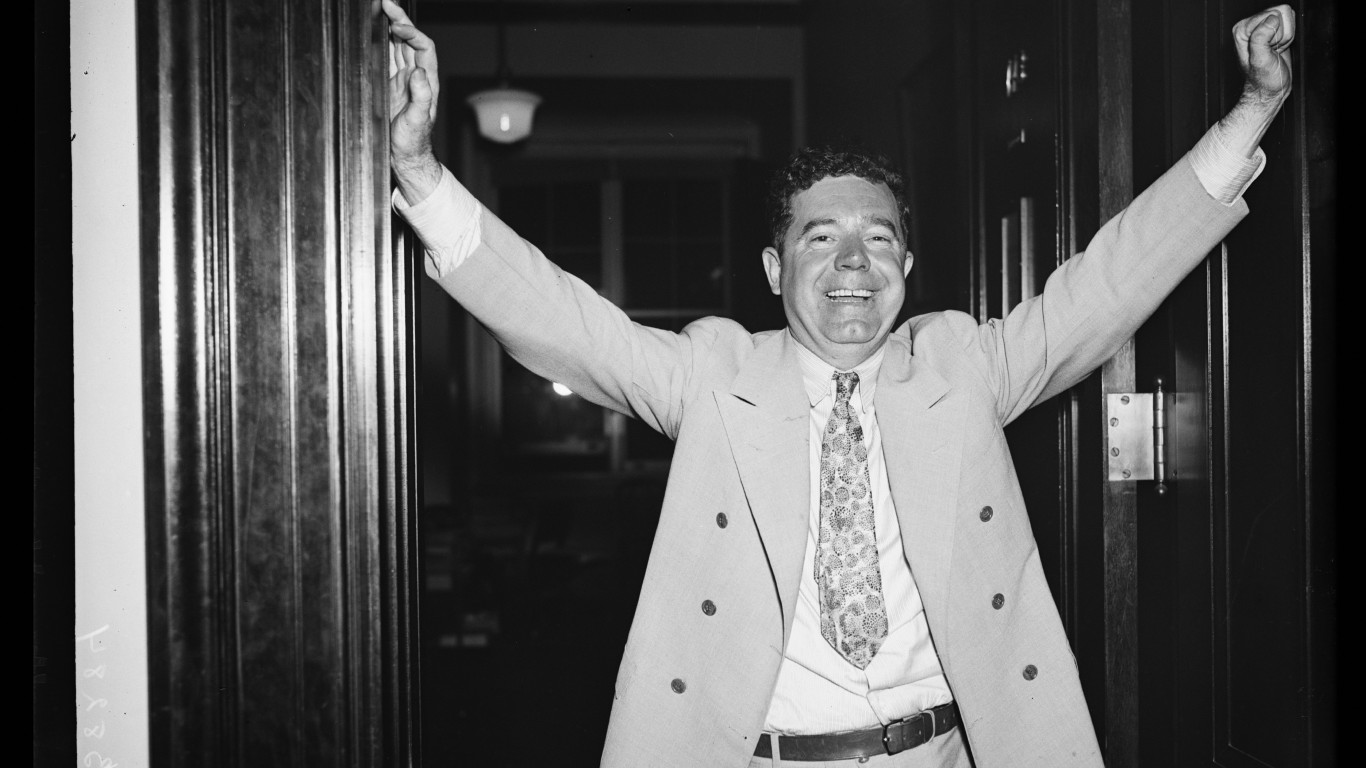
9. Huey Long, 1935
> Known as: Louisiana governor and senator
> Killed by: Carl Weiss
> Assassination location: Baton Rouge, Louisiana
Like many politicians, Huey Long was a polarizing figure. He was a champion to the underprivileged, but also a threat to those who opposed his proposals to heavily tax the rich to make his vision a reality. Some critics also saw a man who wielded tremendous power in his home state as he planned to run for president. His ambitions, however, were abruptly stopped when a relative of a political opponent shot him. Today, he is probably best remembered as the inspiration for the book and movie, “All the King’s Men.”
[in-text-ad-2]

10. Harry T. Moore, 1951
> Known as: Educator, civil rights worker
> Killed by: Ku Klux Klan
> Assassination location: Sanford, Florida
A pioneering civil rights activist, Harry T. Moore started the Brevard County NAACP in 1934. Throughout his tenure he fought for equal pay for African-American teachers and protested against lynchings. He rose to national prominence when he demanded a Florida sheriff, Willis McCall, be indicted for shooting two black prisoners while in his custody in 1949. Two years later, a bomb went off in Moore’s home, leaving him dead and his wife gravely wounded. Moore’s killing ranks as the first time an NAACP official was assassinated and his death remains unsolved.
11. Harriette Vyda Simms Moore, 1952
> Known as: Educator, civil rights worker
> Killed by: Ku Klux Klan
> Assassination location: Sanford, Florida
Harriette Vyda Simms Moore, wife of Henry T. Moore, was wounded when her home was bombed by unknown assailants. She died nine days after her husband. In addition to her work supporting her husband’s cause in fighting for equal rights, she taught elementary school in Florida before she and her husband were fired from their teaching positions for their political activism. The couple’s deaths elevate them as the first martyrs in the civil rights movement.
[in-text-ad]
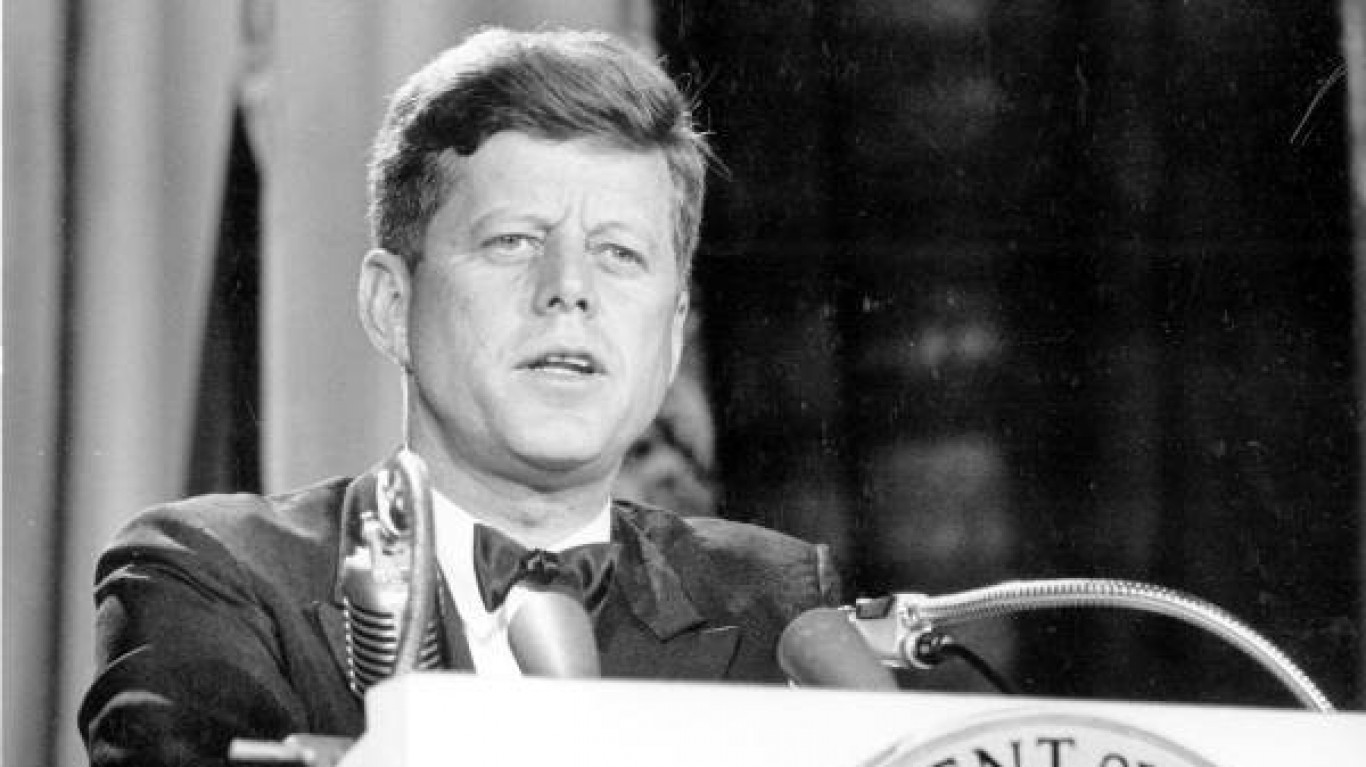
12. John F. Kennedy, 1963
> Known as: President of the United States
> Killed by: Lee Harvey Oswald
> Assassination location: Dallas, Texas
The short-lived era of John F. Kennedy’s presidency came to a sudden end when a sniper’s bullet killed him as he rode in his motorcade in Dallas. After his death, Kennedy briefly became a revered figure in American history and the public’s mind. Today, his legacy is more complicated. He is lauded for his early (though hesitant) support of civil rights and commitment to the space program that ultimately landed men on the moon. On the other hand, he began U.S. involvement in Vietnam, leading to the escalation of that divisive war.

13. Medgar Evers, 1963
> Known as: Civil rights activist
> Killed by: Byron De La Beckwith
> Assassination location: Jackson, Mississippi
As the first field secretary for the NAACP in Mississippi, Medgar Evers worked to register African-American voters in the state and investigate crimes against African-American residents. His life’s work came to a tragic end when he was shot in the back at his home. Unlike previous assassinations of civil rights leaders that resulted in little or no action, Evers’ death prompted so much public outcry that support for the Civil Rights Act of 1964 grew, eventually leading to its passage. Evers’ home was designated a national historic landmark in 2017 by President Barack Obama.

14. Lee Harvey Oswald, 1963
> Known as: Assassin of John F. Kennedy
> Killed by: Jack Ruby
> Assassination location: Dallas, Texas
The killing of President John F. Kennedy’s accused assassin Lee Harvey Oswald by Jack Ruby in a Dallas police station launched a thousand conspiracy theories. Though the Warren Commission report discounted any conspiracy, many theories live on. With Oswald’s death, any hope of knowing his motives — or if he had any accomplices — for the shocking assassination died, too.
[in-text-ad-2]

15. Mickey Schwerner, 1964
> Known as: Civil rights activist
> Killed by: Edgar Ray Killen
> Assassination location: Meridian, Mississippi
Voting rights activist Mickey Schwerner was murdered along with Andrew Goodman and James Chaney in Mississippi, in an act that galvanized the civil rights movement. Schwerner was born in New York City where he worked as a social worker. He and his wife moved to Meridian, Mississippi, in 1964, hoping to sign up African-American voters. His work to integrate the segregated South caught the attention of Ku Klux Klan leader Sam Bowers, who called for his death. A jury declined to convict one of the accused killers, Edgar Ray Killen, of the crime, but Killen was later found guilty of manslaughter of the three civil right workers in 2005.
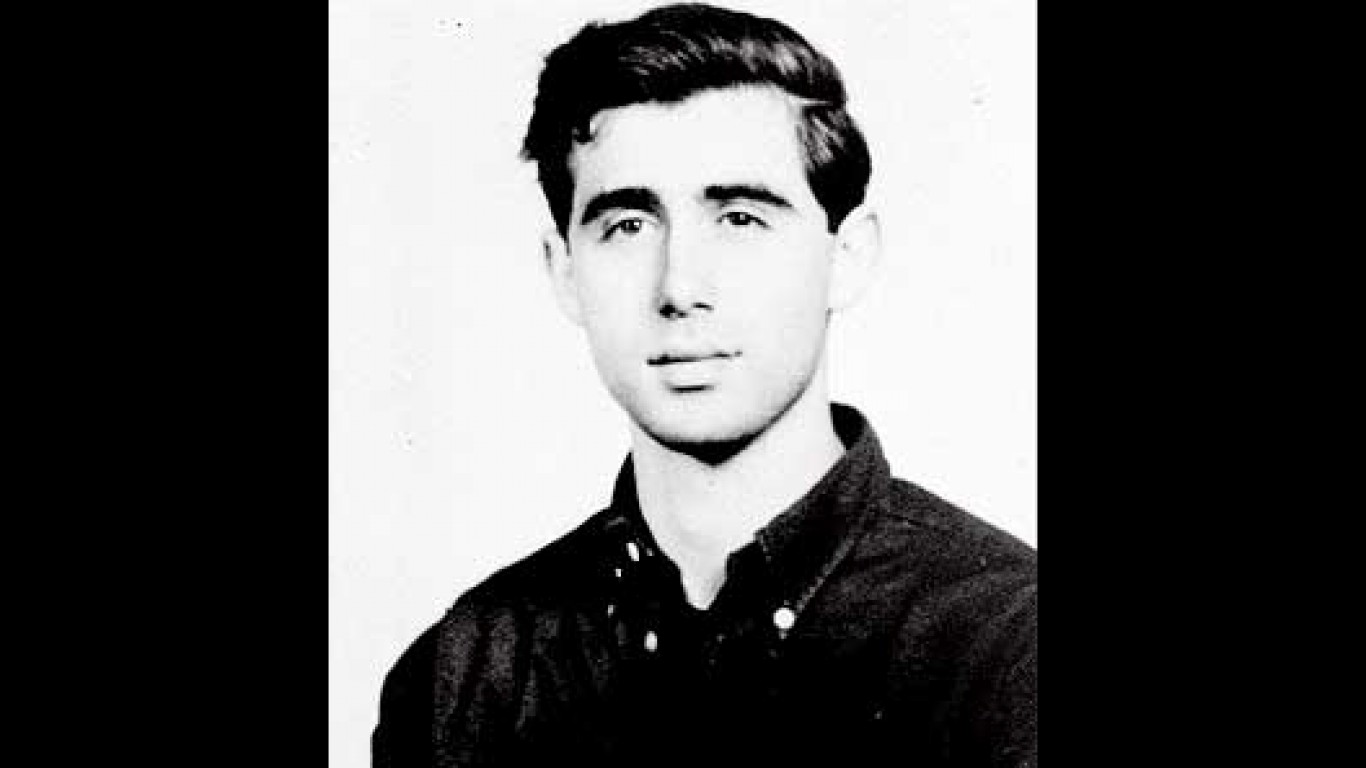
16. Andrew Goodman, 1964
> Known as: Civil rights activist
> Killed by: Edgar Ray Killen
> Assassination location: Meridian, Mississippi
New York City-born Andrew Goodman was one of the three civil rights workers killed by the Ku Klux Klan in the deep South. Goodman and his colleagues were part of the Freedom Summer movement that sought to register African-Americans to vote. From an early age, Goodman showed an intense interest in social causes and equal justice. At the time of his death, the nation’s support of voting rights was strengthening, and the murders of the civil rights workers eventually led to the passage of the Voting Rights Act of 1965.
[in-text-ad]
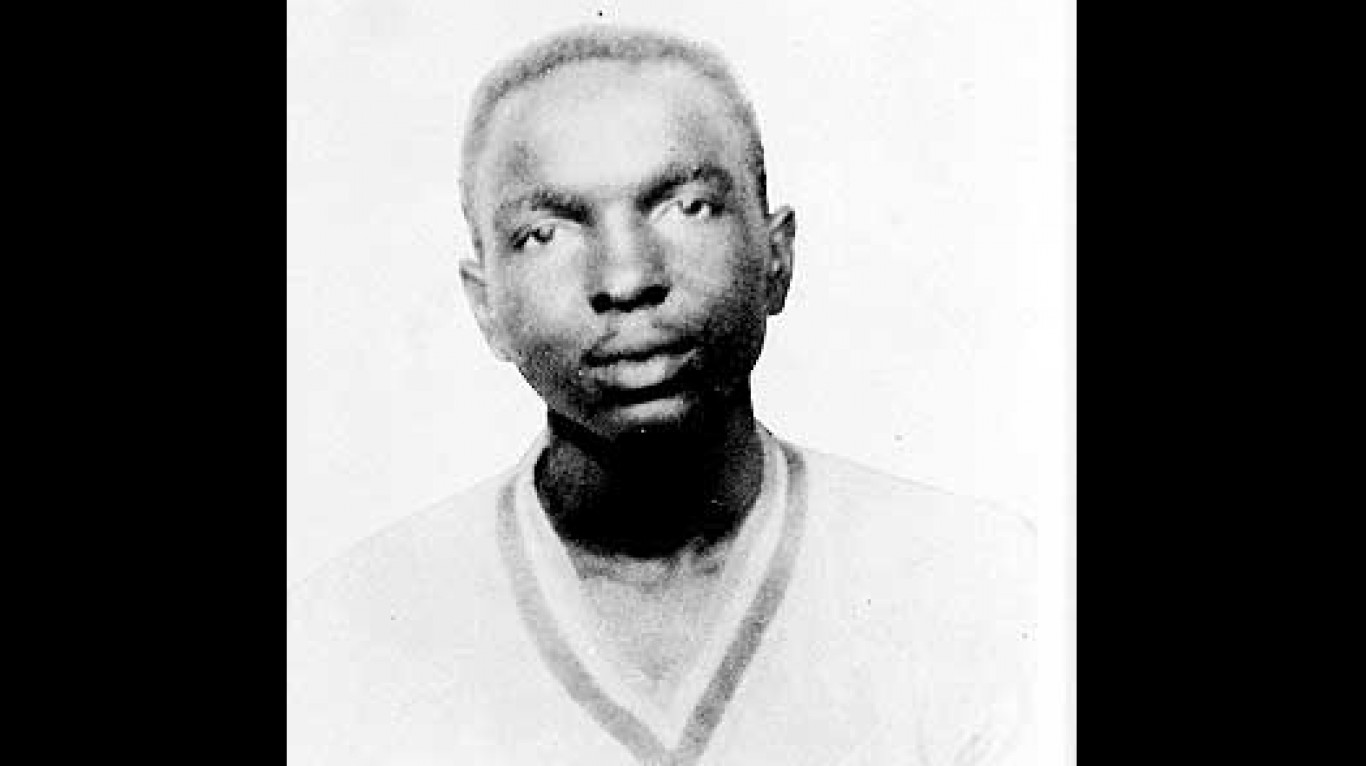
17. James Chaney, 1964
> Known as: Civil rights activist
> Killed by: Edgar Ray Killen
> Assassination location: Meridian, Mississippi
James Chaney was the third civil rights worker killed alongside Andrew Goodman and Mickey Schwerner in Mississippi in 1964. Although the three men went missing on June 21, their bodies weren’t found until a month later. By the mid-1960s, the death of the three civil rights workers sparked public outrage, and President Lyndon Johnson ordered the FBI to investigate the case — a sign that politicians were more willing to tackle the issue of racial equality.
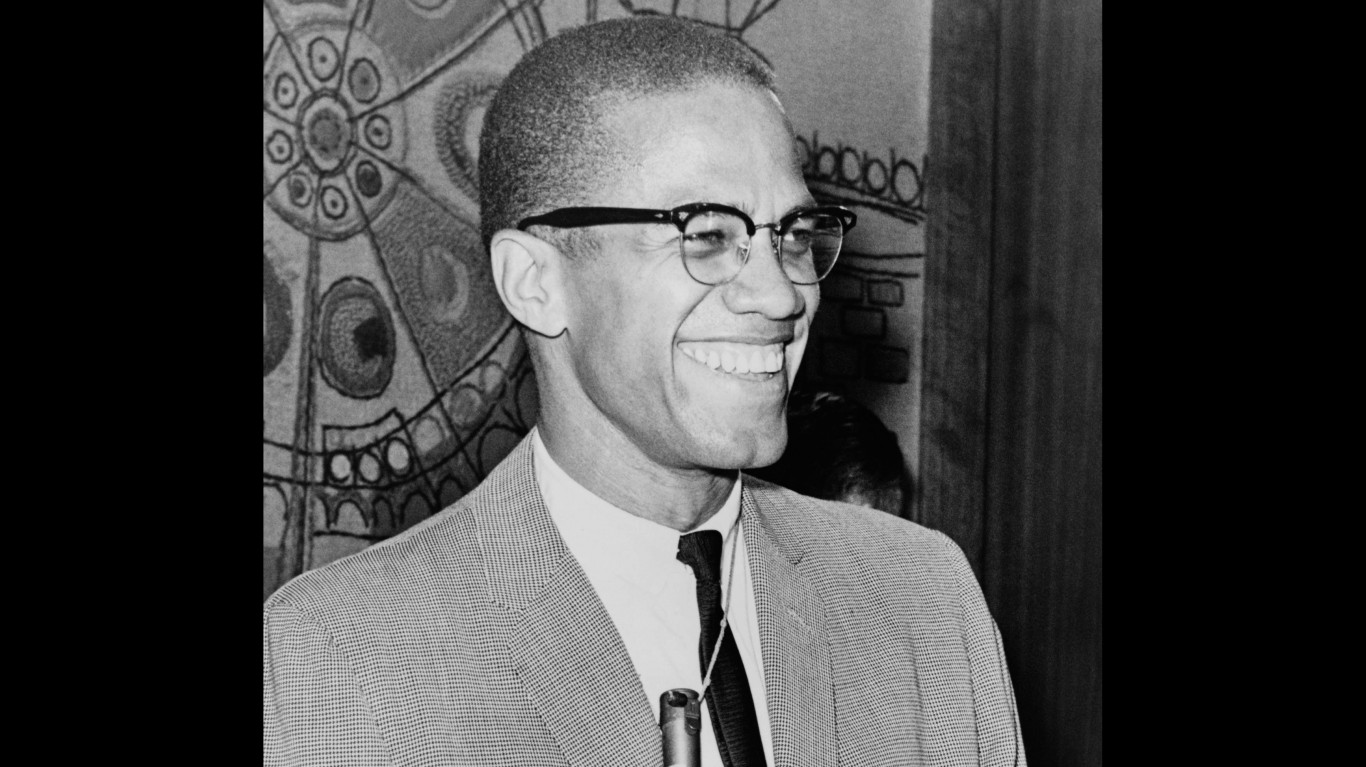
18. Malcolm X, 1965
> Known as: Black Muslim leader
> Killed by: Mujahid Abdul Halim
> Assassination location: New York City, New York
Although a contemporary of Martin Luther King, Jr., Malcolm X professed radically different ideas about how African-Americans could achieve racial justice. While King supported non-violence, Malcolm X advocated African-Americans gain equality “by any means necessary,” including violence. A bitter split within the Nation of Islam is said to be the reason behind his assassination. In 2021, two of the three men convicted in the killing were exonerated after evidence proved that law enforcement overlooked key exculpatory evidence. Mujahid Abdul Halim confessed to the crime shortly after it happened, but maintained his two co-defendants were innocent,

19. George Lincoln Rockwell, 1967
> Known as: Founder of American Nazi Party
> Killed by: John Patler
> Assassination location: Arlington, Virginia
The assassination of George Lincoln Rockwell, founder of the American Nazi Party in Virginia five decades ago, by a man expelled from the American Nazi Party, did not put to rest bigotry and anti-Semitism. Last year, Neo-Nazis and white nationalists marched through Charlottesville, Virginia — not far from where Rockwell was killed. During a clash between white nationalists and their opponents, one woman was killed. It was a chilling reminder that while Rockwell is dead, the ideas he advocated are not.
[in-text-ad-2]
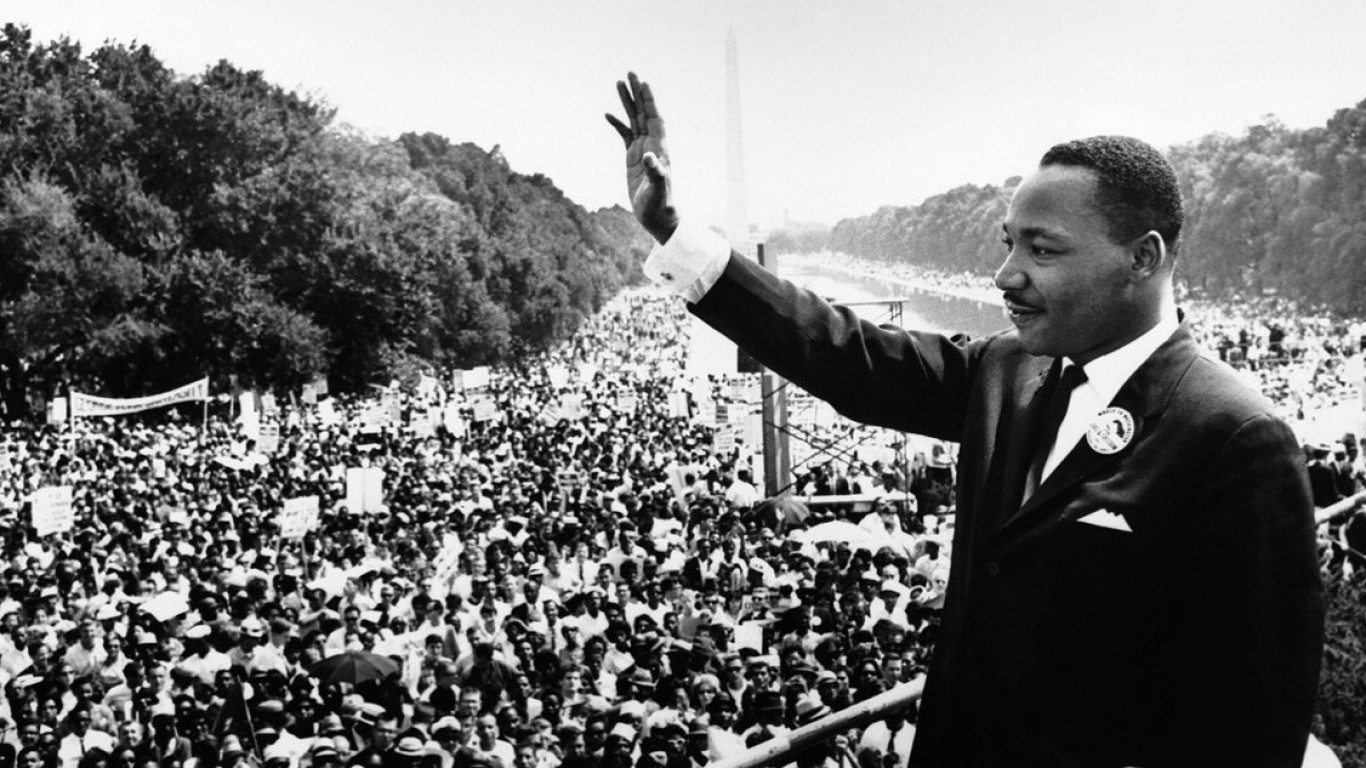
20. Martin Luther King Jr., 1968
> Known as: Civil rights leader
> Killed by: James Earl Ray
> Assassination location: Memphis, Tennessee
Martin Luther King, Jr. today is recognized as the foremost leader of the American civil rights movement, and the nation celebrates a day in his honor. Though he preached non-violence throughout his career as an activist, his assassination at the hands of James Earl Ray at a Memphis motel triggered riots and civil unrest in cities across the country. King’s death is one reason why 1968 is often considered one of the most turbulent years in U.S. history. The nation continues to grapple with the issues of social injustice that King sought to bring to the forefront.

21. Robert F. Kennedy, 1968
> Known as: U.S. senator, candidate for president
> Killed by: Sirhan Sirhan
> Assassination location: Los Angeles, California
With the nation still reeling from King’s assassination, Robert F. Kennedy’s presidential run shockingly ended when Sirhan Sirhan gunned down the New York senator in a Los Angeles hotel after he won the California presidential primary. Kennedy’s death paved the way for Hubert Humphrey to win the Democratic Party nomination that year. The Republican Party candidate, Richard Nixon, edged Humphrey in the presidential election, setting the stage for the Watergate scandal that still echoes in American politics today.
[in-text-ad]
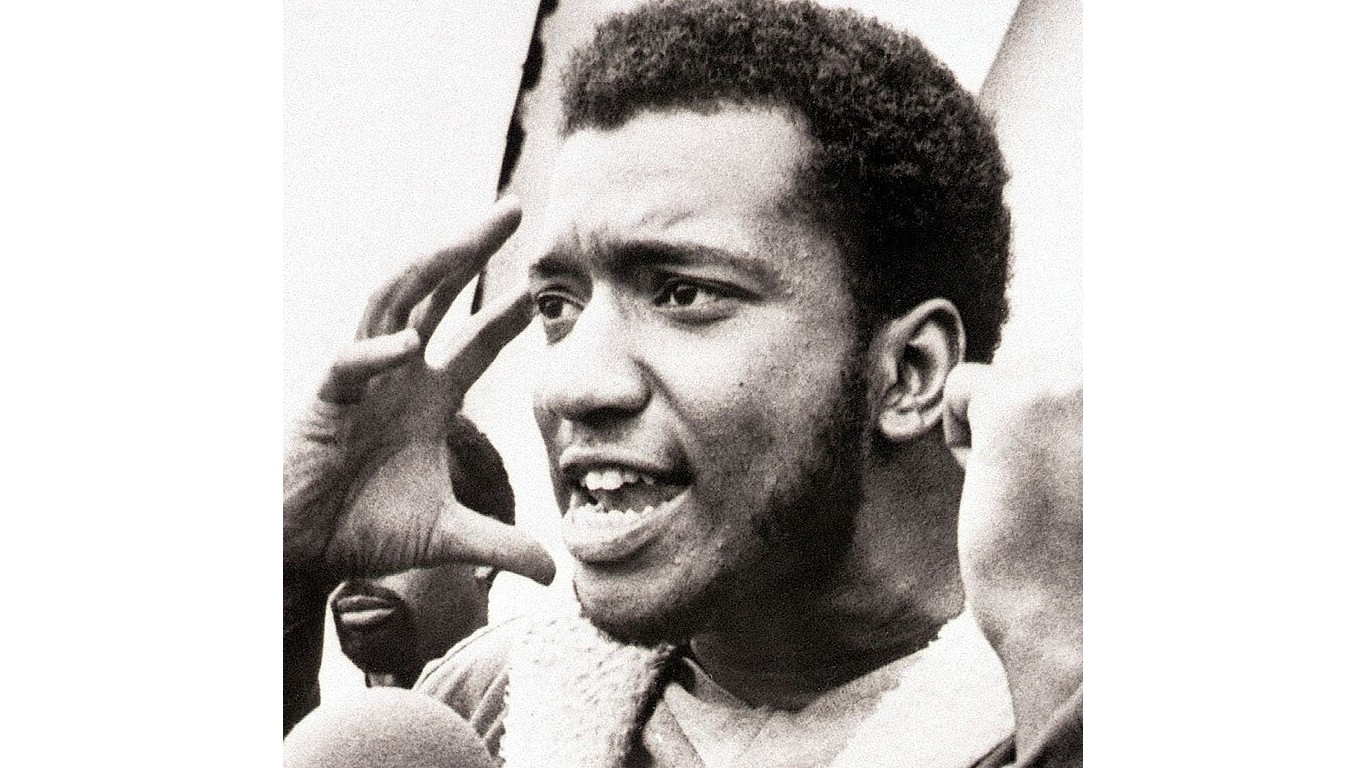
22. Fred Hampton, 1969
> Known as: Black Panther leader
> Killed by: Chicago police
> Assassination location: Chicago, Illinois
Even as the U.S. slowly recognized the need to reform civil rights laws, the death of Black Panther leader Fred Hampton in 1968 illustrated that the government still eyed activists in the movement with suspicion — with sometimes deadly consequences. Close surveillance by the FBI and Chicago Police Department prompted a raid on the Black Panthers headquarters in Chicago, a common occurrence during that era. During the raid, Hampton and another Black Panther member, Mark Clark, were killed. Though the public was outraged, law enforcement refused to admit any fault until years after the deaths of Hampton and Clark.
23. Don Bolles, 1976
> Known as: Investigative reporter
> Killed by: Max Dunlap and James Robison
> Assassination location: Phoenix, Arizona
Investigative reporter Don Bolles’ assassination by a car bomb features all the elements of a crime novel — gangsters, a powerful politician, and organized crime. As he lay dying, Bolles whispered, “They finally got me…Mafia, Emprise, Adamson…find John Adamson…” The man he referred to was John Adamson, an underworld figure who lured Bolles to a Phoenix hotel with a tip about a fraudulent land deal involving Arizona Sen. Barry Goldwater among others. The two never met because Adamson planted a bomb in Bolles’ car. Adamson spent 20 years in prison for the crime.
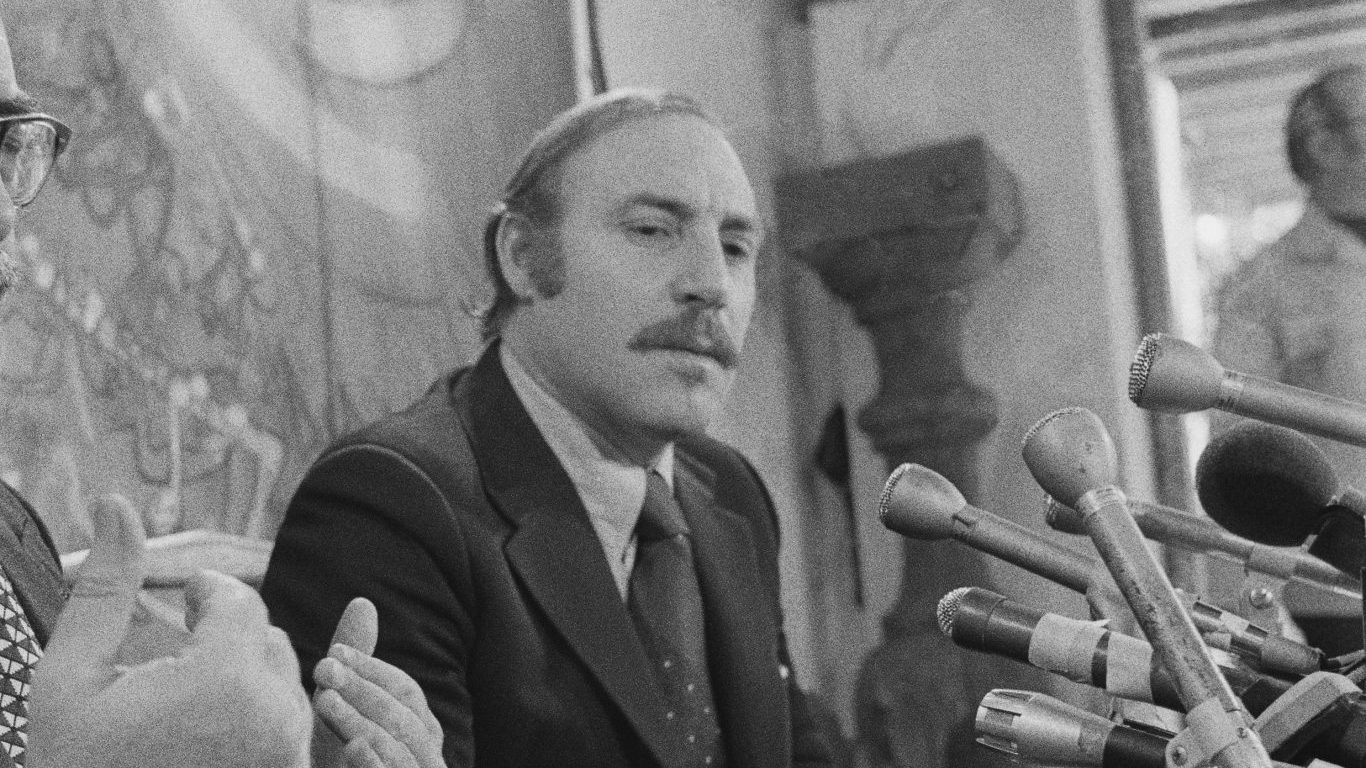
24. Orlando Letelier, 1976
> Known as: Chilean politician
> Killed by: Political opponents from Chile
> Assassination location: Washington, D.C.
Orlando Letelier served as the Chilean ambassador to the U.S. during the term of socialist President Salvador Allende. When a military coup led by Augusto Pinochet overthrew the Allende government, Letelier was imprisoned and tortured. Worldwide condemnation eventually freed the diplomat and he returned to Washington, D.C. However, he couldn’t escape the vindictiveness of his enemies. Anti-communist regimes sponsored what was then known as “Operation Condor,” a joint project to find and kill exiled political dissidents. Two members of the Chilean secret police force and five Cuban exiles couldn’t escape their role in the crime and were convicted in U.S. courts for the killings.
[in-text-ad-2]
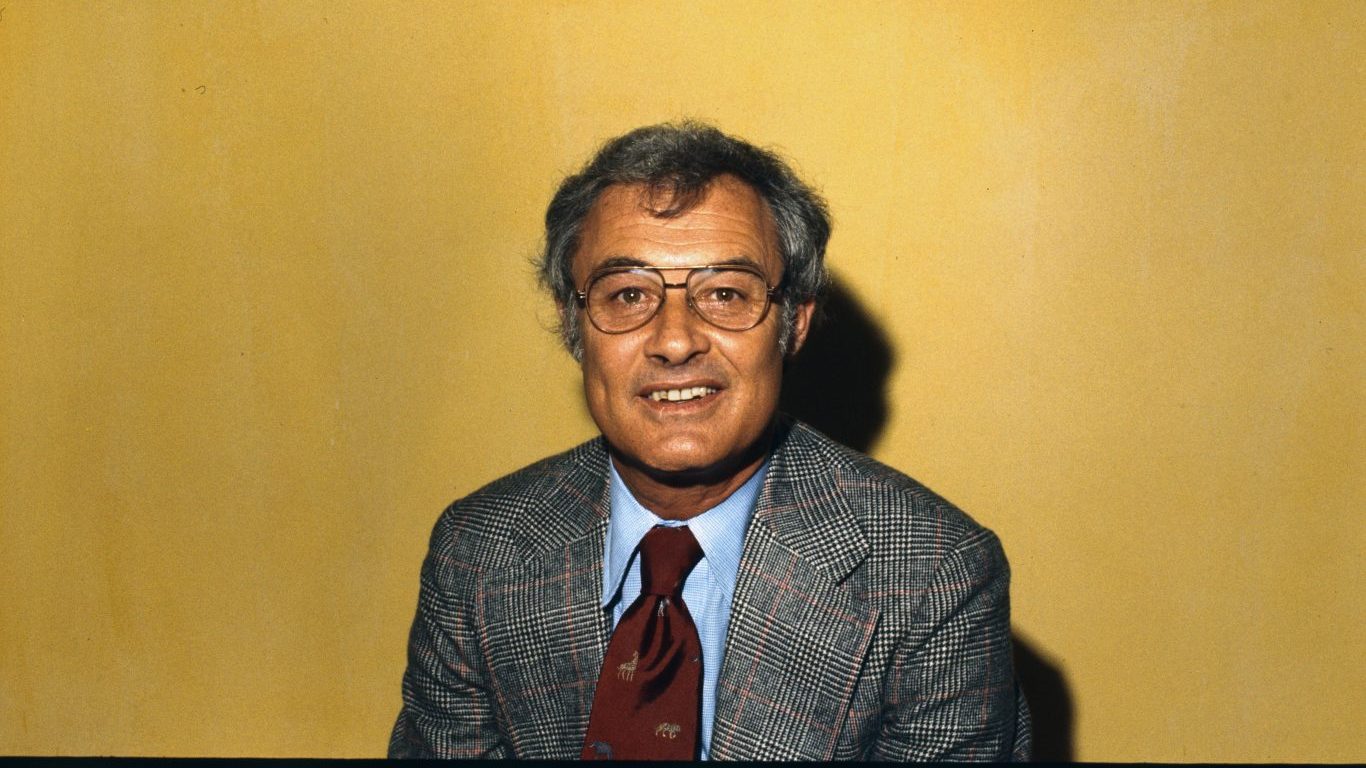
25. George Moscone, 1978
> Known as: Mayor of San Francisco
> Killed by: Dan White
> Assassination location: San Francisco, California
San Francisco Mayor George Moscone’s decision not to reappoint Dan White to the city’s Board of Supervisors angered White so much that he shot the mayor and another supervisor and rival, Harvey Milk. It was left to then-Supervisor Dianne Feinstein to announce the killings. Her handling of the crisis vaulted her to national prominence, and she eventually became a senator serving California.

26. Harvey Milk, 1978
> Known as: San Francisco politician
> Killed by: Dan White
> Assassination location: San Francisco, California
As one of the first openly gay politicians, Harvey Milk championed anti-discrimination laws after he was elected to the San Francisco Board of Supervisors, leading the way for other gay activists to run for office. His murder at the hand of disgruntled rival Dan White sparked riots in the city and fueled the growing gay rights movement. The murders of Milk and Mayor George Moscone on the same day will also be remembered for the bizarre defense White used. Termed the “Twinkie Defense,” White claimed diminished capacity because of his junk food habit. White was nevertheless convicted of manslaughter, and the “Twinkie Defense” was banned.
[in-text-ad]
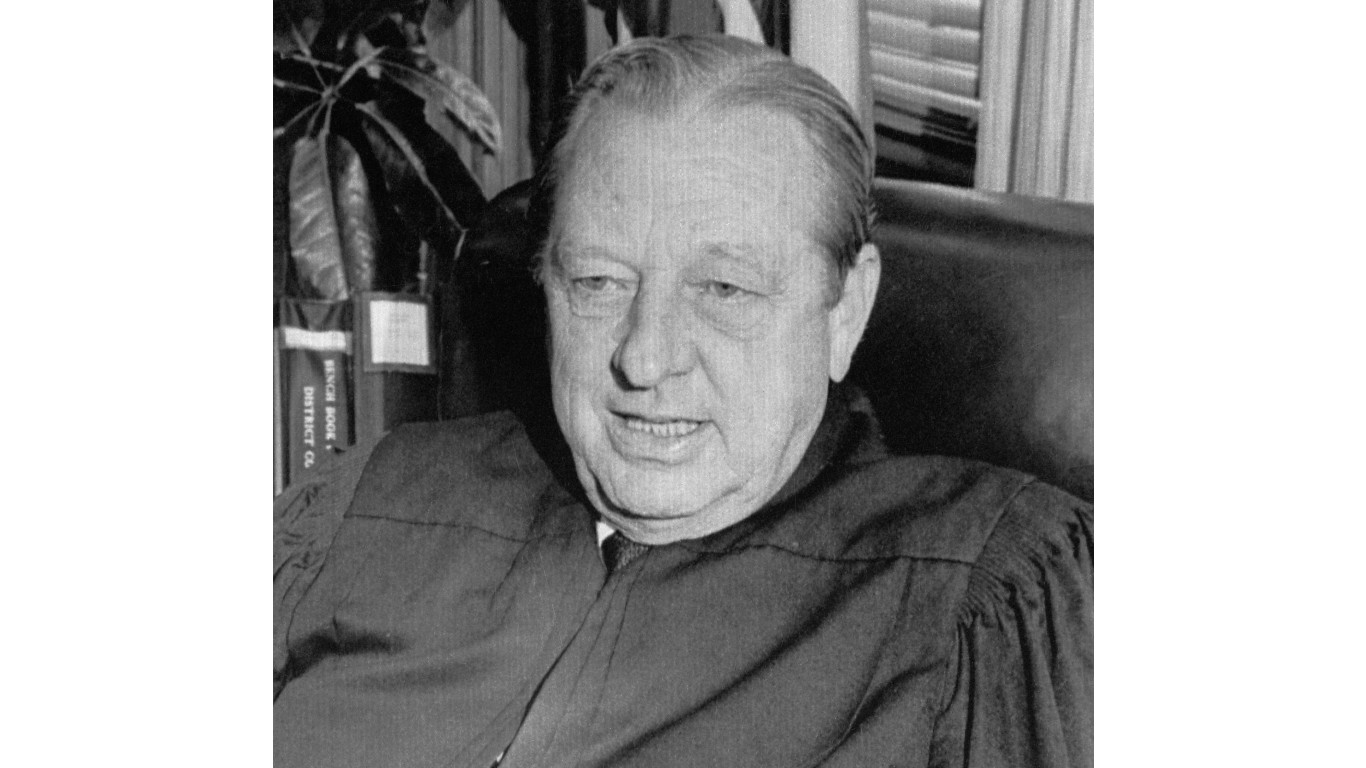
27. John Wood, 1979
> Known as: U.S. district judge
> Killed by: Charles Harrelson
> Assassination location: San Antonio, Texas
Judge John Howland Wood, Jr. gained a reputation for being tough on drug traffickers, so much so that drug kingpin Jamiel Chagra ordered his assassination. He hired a hitman, Charles Harrelson, to shoot and kill the judge before he entered his courtroom. Wood’s assassination marked the first time a federal judge was murdered in the 20th century. His death is also noteworthy because his assassin is the father of actor Woody Harrelson.
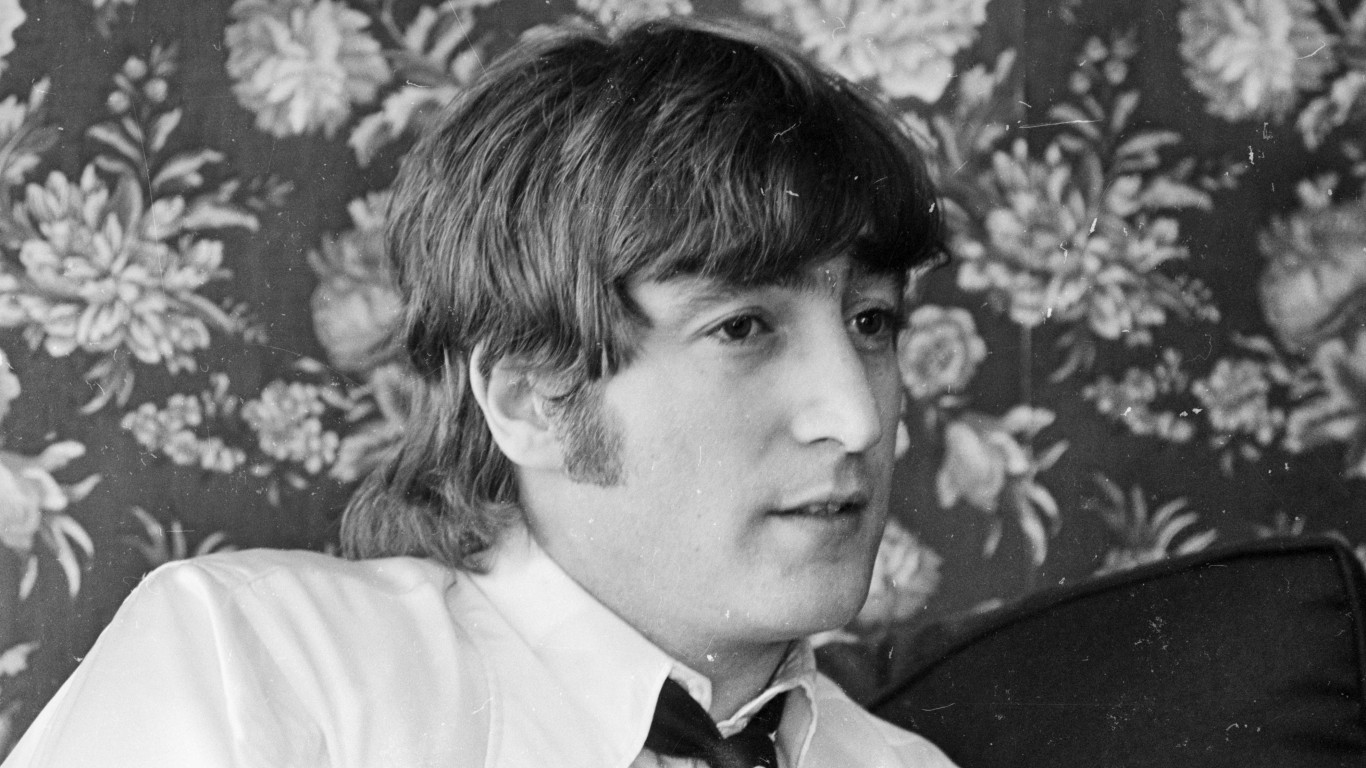
28. John Lennon, 1980
> Known as: Musician
> Killed by: Mark David Chapman
> Assassination location: New York City, New York
As the founder of The Beatles, the most influential band of all time, John Lennon shaped music and culture for nearly two decades. His solo career only expanded his influence. A crazed follower, Mark David Chapman, shot and killed Lennon as he stood outside his Manhattan apartment building. The world lost not only his musical talent, but his activism for peace as well.
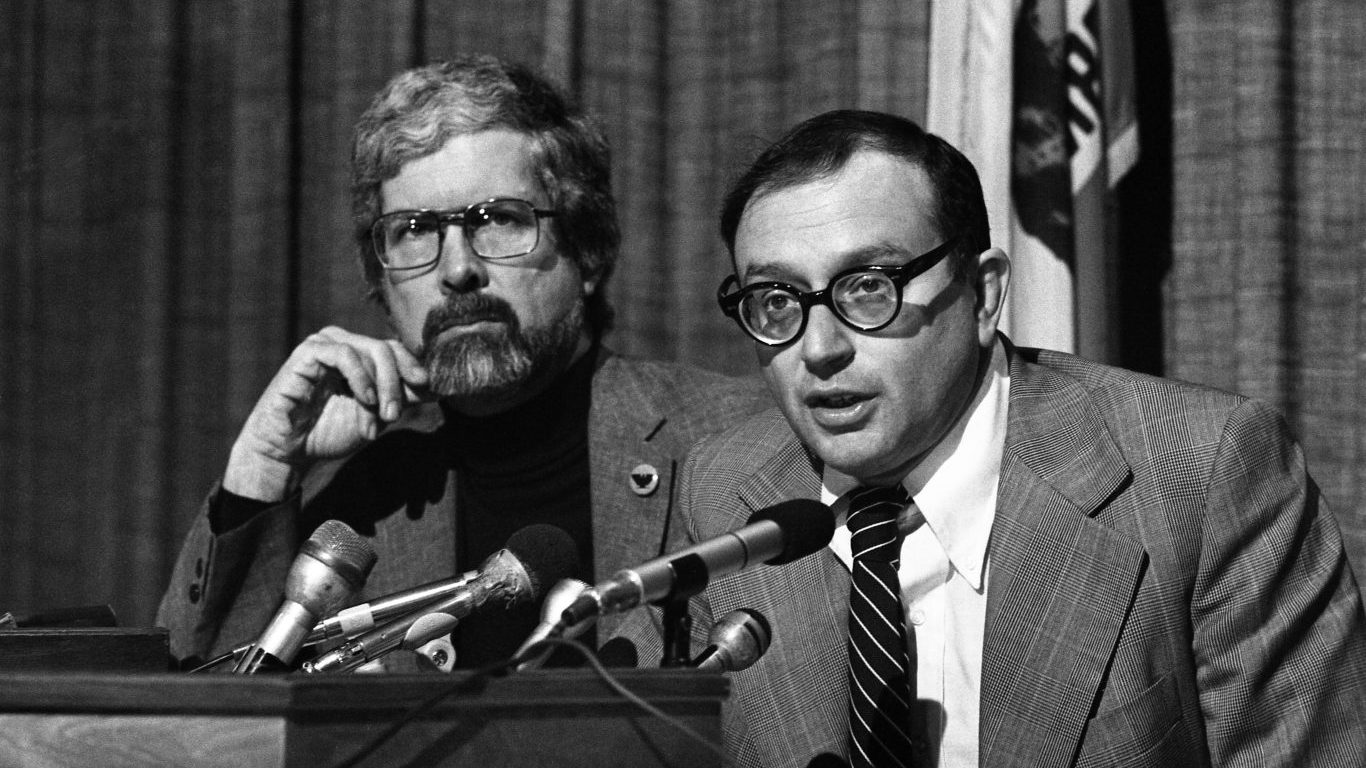
29. Allard Lowenstein, 1980
> Known as: U.S. congressman
> Killed by: Dennis Sweeney
> Assassination location: New York City, New York
Allard Lowenstein served one term as a U.S. representative for the Fifth Congressional District in Nassau County, New York, from 1969 to 1971. Throughout his career, he battled for human rights and opposed the Vietnam War. In 1968, he launched the “Dump Johnson” movement against President Lyndon Johnson. Lowenstein recruited students to his causes. One was a former protege, Dennis Sweeney, who had become disillusioned with Lowenstein, killed the former congressman in his office.
[in-text-ad-2]
30. Alan Berg, 1984
> Known as: Radio talk show host
> Killed by: David Lane and Bruce Pierce
> Assassination location: Denver, Colorado
Known for his confrontational and outspoken liberal views, attorney and radio talk show host Alan Berg became a target for murder by members of a shadowy white supremacist group called “The Order.” He was killed by 12 gunshots. At the trial of Berg’s assassins, the extremist organization’s founder, Denver Daw Parmenter, admitted that Berg was singled out because of his Jewish faith and “anti-white” views.
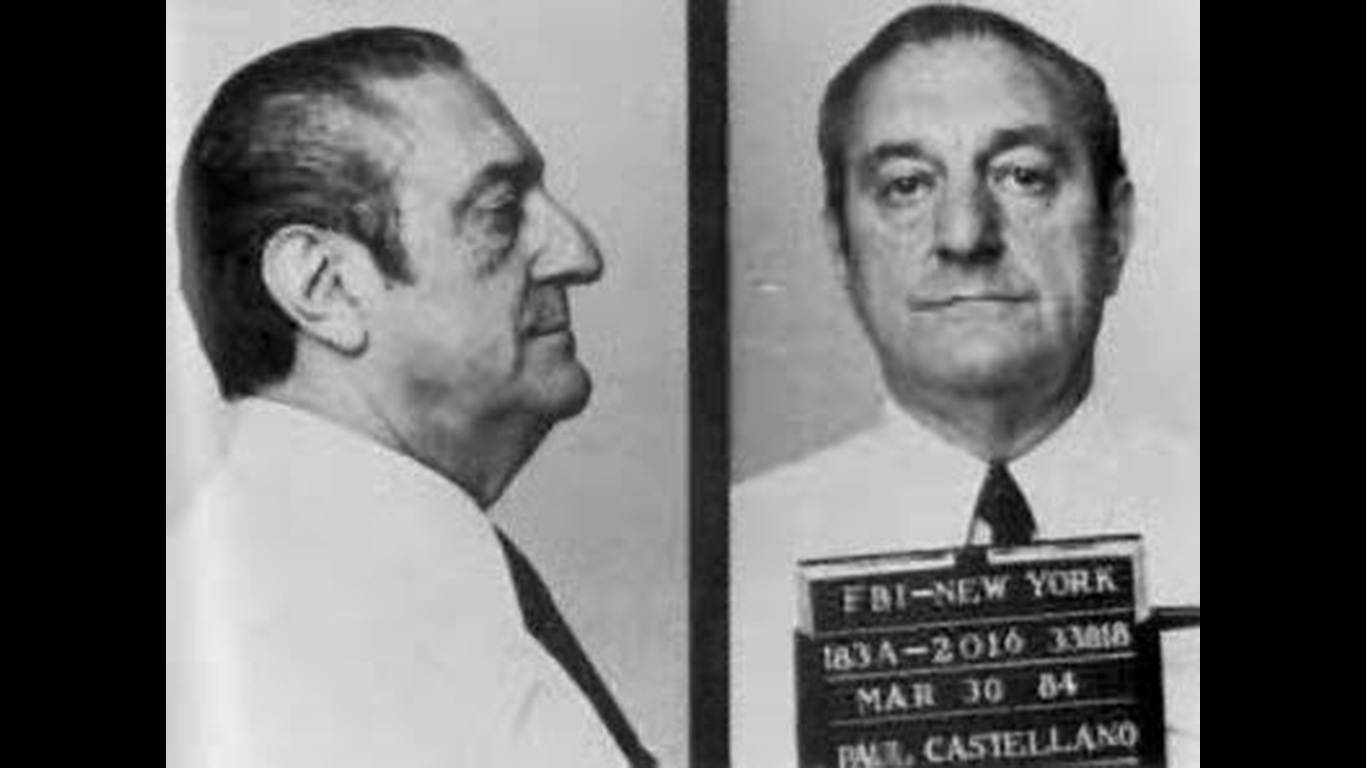
31. Paul Castellano, 1985
> Known as: Organized crime leader
> Killed by: Organized crime rivals
> Assassination location: New York City, New York
The sight of Mafia boss Paul Castellano’s body sprawled on a sidewalk outside Sparks Steak House in Manhattan served as a reminder of the ruthlessness of mobsters vying for power. Castellano succeeded Carlo Gambino as head of the Gambino crime family in 1976. But he ran afoul of the more streetwise gangsters who thought another top mob figure, Neil Dellacroce, should have been named to run the crime family. When Dellacroce died, Castellano did not attend Dellacroce’s wake. This angered the ambitious gangster John Gotti, who began to solidify his power within the Gambino crime family. After Castellano’s murder, the well-dressed, publicity-loving Gotti became the head of the Gambino crime family.
[in-text-ad]
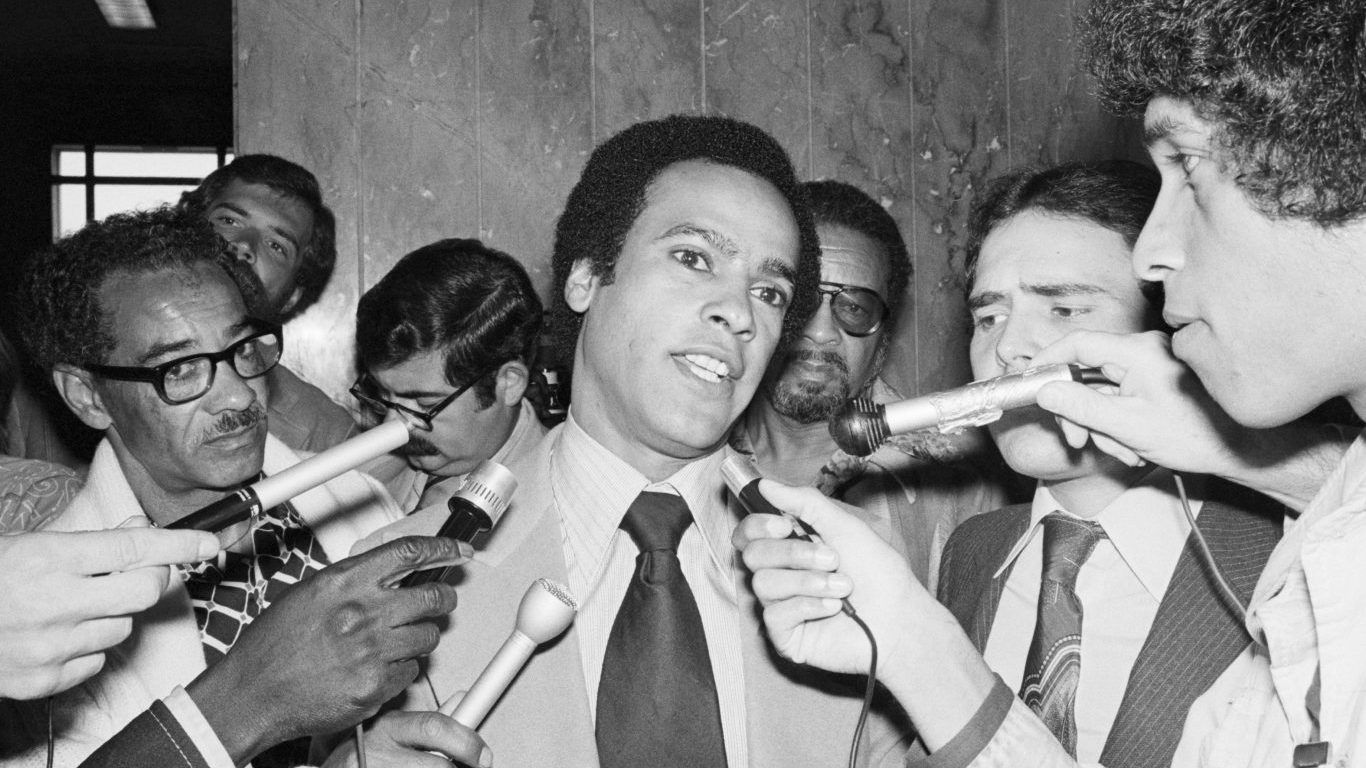
32. Huey Newton, 1989
> Known as: Founder of Black Panther party
> Killed by: Tyrone Robinson
> Assassination location: West Oakland, California
Born in Louisiana, Huey Newton was named after the state’s former governor, Huey Long. Along with Bobby Seale, Newton founded the Black Party for Self Defense in Oakland, California, and was a leading voice in the Black Power movement. His group adopted a more militant stance, with Newton once photographed holding a gun and spear. Numerous run-ins with the law and substance abuse problems didn’t prevent him from earning his doctorate in social philosophy from the University of Santa Cruz in 1980. Nine years later, he was gunned down in a street in Oakland by a drug dealer claiming self defense.

33. Meir Kahane, 1990
> Known as: Founder of Jewish Defense League
> Killed by: Killed by Arab gunmen
> Assassination location: New York City, New York
A staunch defender of Israel, Brooklyn-born Meir Kahane was at one time an elected member of the Israeli Knesset as representative of the anti-Arab Kach party. The party was later banned from running after its platform was ruled as inciting racism. Although Kahane’s assassin, Egyptian born El Sayyid Nosair, was acquitted of his murder, he was later charged and sentenced for his involvement in the first bombing of the World Trade Center in 1993.
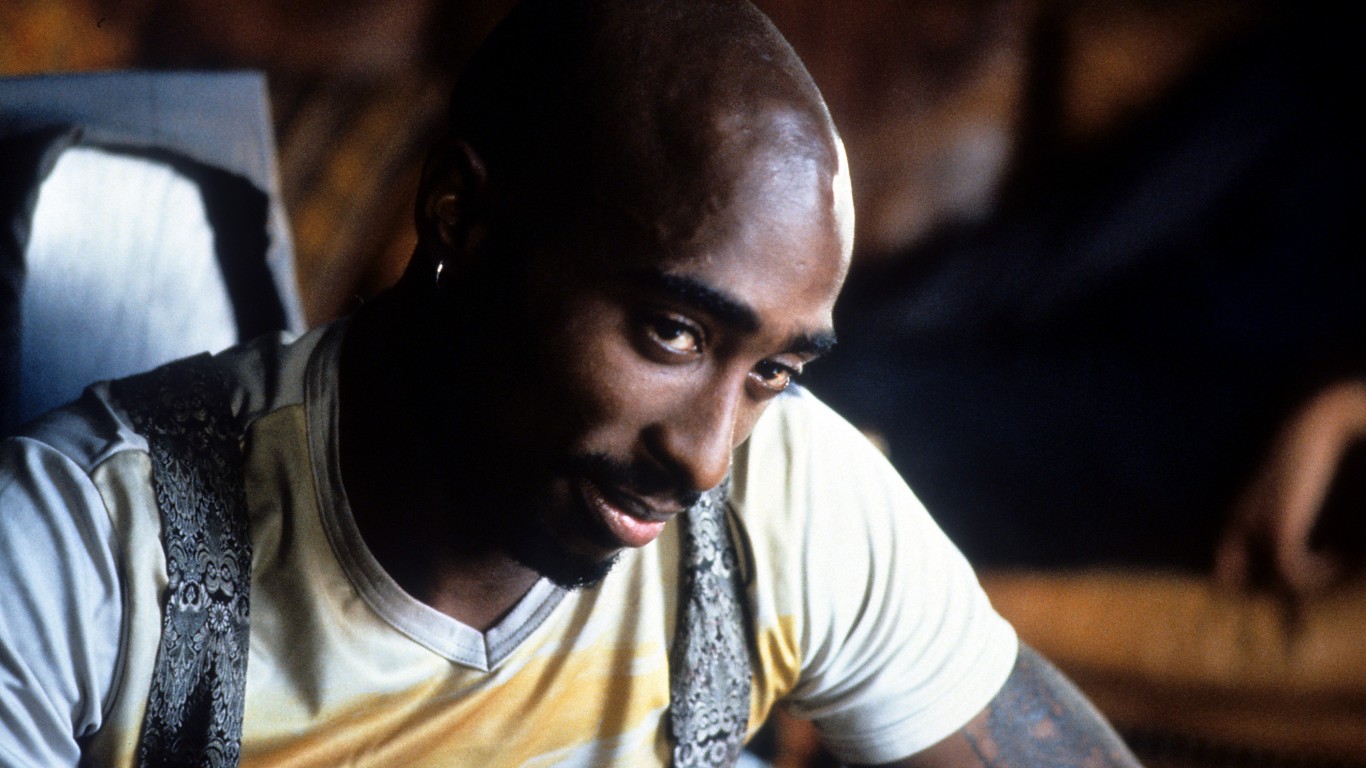
34. Tupac Shakur, 1996
> Known as: Rapper
> Killed by: Unknown
> Assassination location: Las Vegas, Nevada
Despite his talent, good looks, and charisma, rapper and actor Tupac Shakur’s life was marred by violence and repeated legal woes. It’s likely his role in the East Coast vs. West Coast hip-hop feud led to his fatal shooting near the Las Vegas Strip while the 25-year-old Shakur was a passenger in the car of Death Row label CEO Marion “Suge” Knight. The shooting followed a fight in the lobby of the MGM Grand Hotel that involved Shakur and Knight.
[in-text-ad-2]
35. Notorious B.I.G., 1997
> Known as: Rapper
> Killed by: Unknown
> Assassination location: Los Angeles, California
Credit New York-born Christopher Wallace, aka Biggie Smalls and the Notorious B.I.G., with reviving East Coast hip hop. But a clash with the purveyors of the West Coast version of the music, such as Death Row Records, sparked a feud between the two factions. When the musician was gunned down in Los Angeles, many believe it was in retaliation for rapper Tupac Shakur’s killing. After Notorious B.I.G.’s murder, the two warring sides declared a truce. The murders of both artists remain unsolved.

36. Jam Master Jay, 2002
> Known as: Rapper
> Killed by: Unknown
> Assassination location: Jamaica, Queens
Born Jason William Mizell in Brooklyn, New York, Jam Master Jay joined the groundbreaking hip-hop group Run-D.M.C.in 1982. The group included Joseph “Run” Simmons (younger brother of rapper and future Def Jam Recordings founder Russell Simmons) and Darryl “D.M.C.” McDaniels. The band’s signature street lyrics, vinyl scratches, and black hats made them distinct and revolutionary. On the night of Oct. 20, 2002, Jam Master Jay was shot by two men who broke into his Queens studio in a crime that remains unsolved.
[in-text-ad]
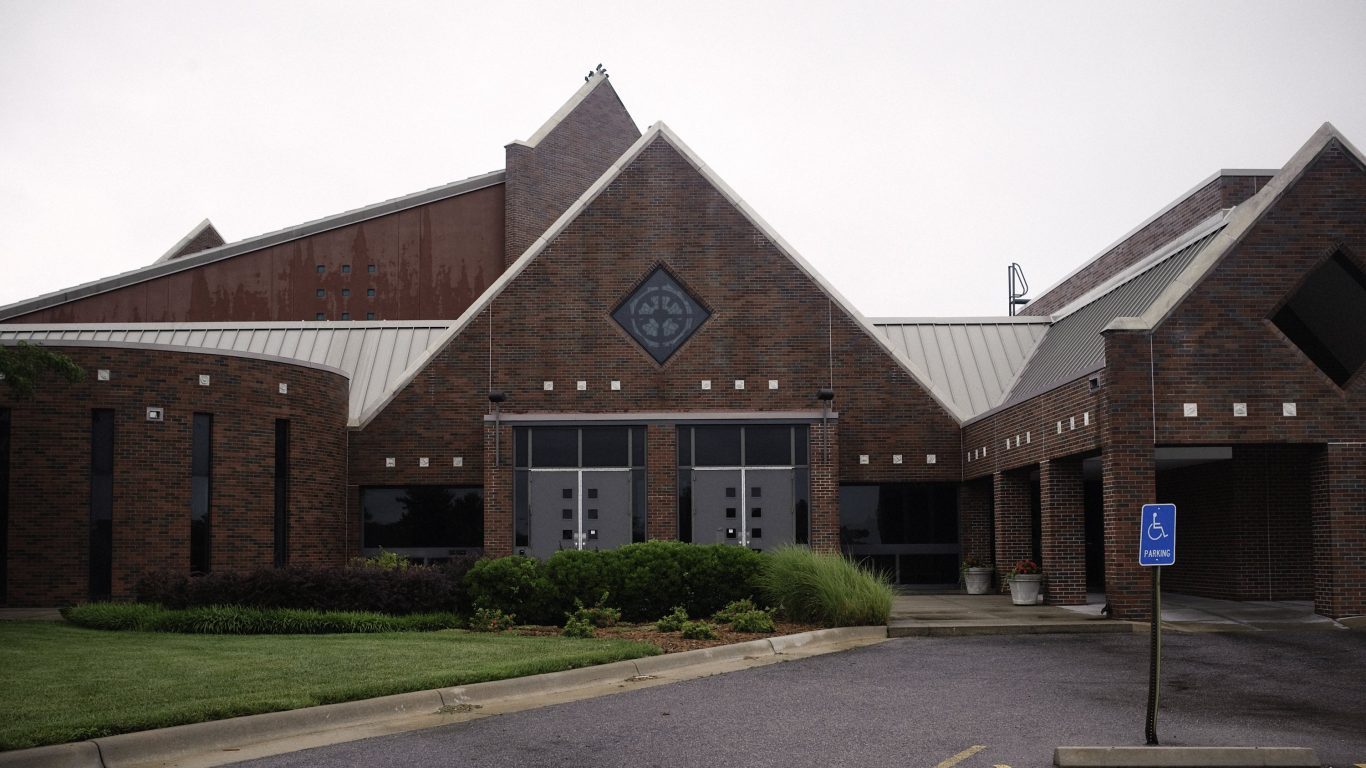
37. George Tiller, 2009
> Known as: Abortion doctor
> Killed by: Scott Roeder
> Assassination location: Wichita, Kansas
As one of the few doctors in the U.S. who performed late-term abortions, Dr. George Tiller became the focus of anti-abortion groups. Fearing for his life, Dr. Tiller wore body armor when he attended church services. This did not help, as on May 31, 2000, he died after being shot in the head by Scott Philip Roeder, an opponent of abortion. While in prison, Roeder said he had “no regrets” over the killing, saying he saved the lives of countless children.
Are You Ahead, or Behind on Retirement? (sponsor)
If you’re one of the over 4 Million Americans set to retire this year, you may want to pay attention.
Finding a financial advisor who puts your interest first can be the difference between a rich retirement and barely getting by, and today it’s easier than ever. SmartAsset’s free tool matches you with up to three fiduciary financial advisors that serve your area in minutes. Each advisor has been carefully vetted, and must act in your best interests. Start your search now.
Don’t waste another minute; get started right here and help your retirement dreams become a retirement reality.
Thank you for reading! Have some feedback for us?
Contact the 24/7 Wall St. editorial team.
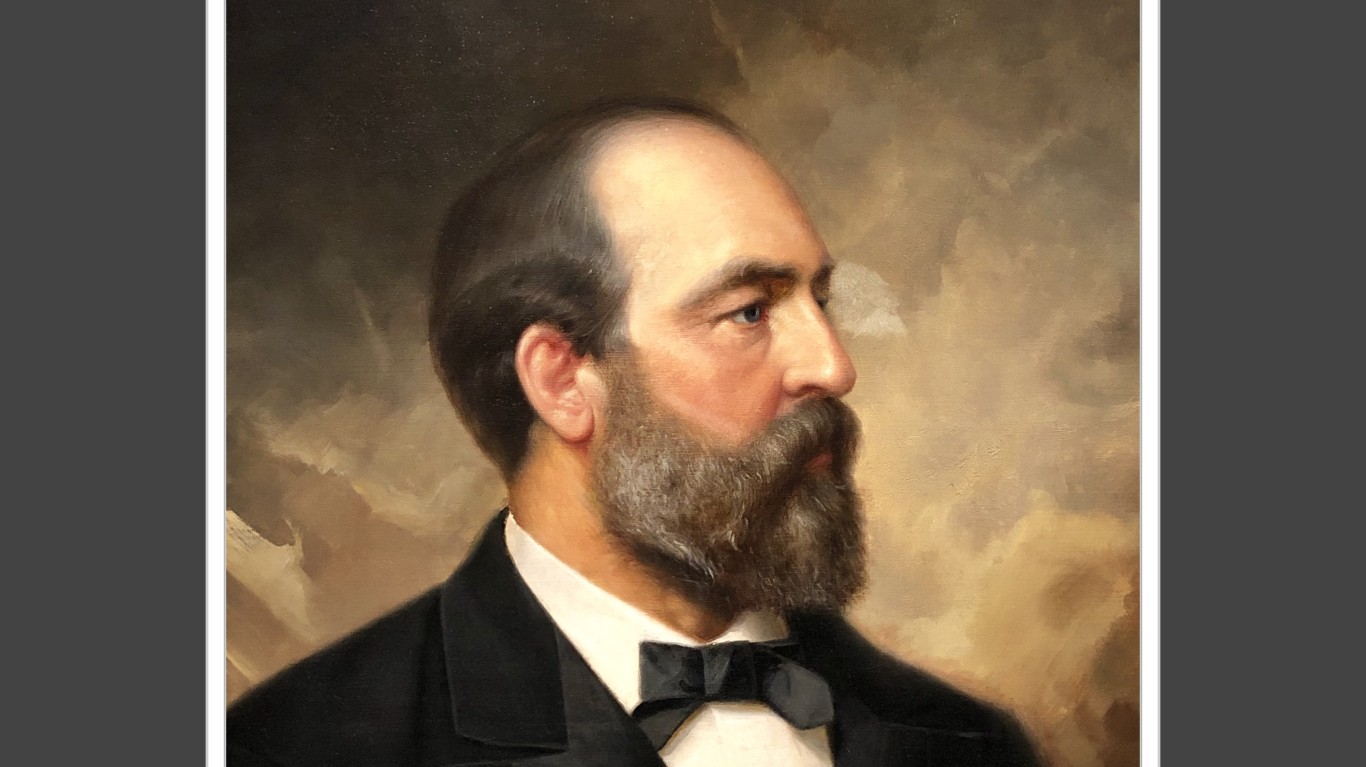
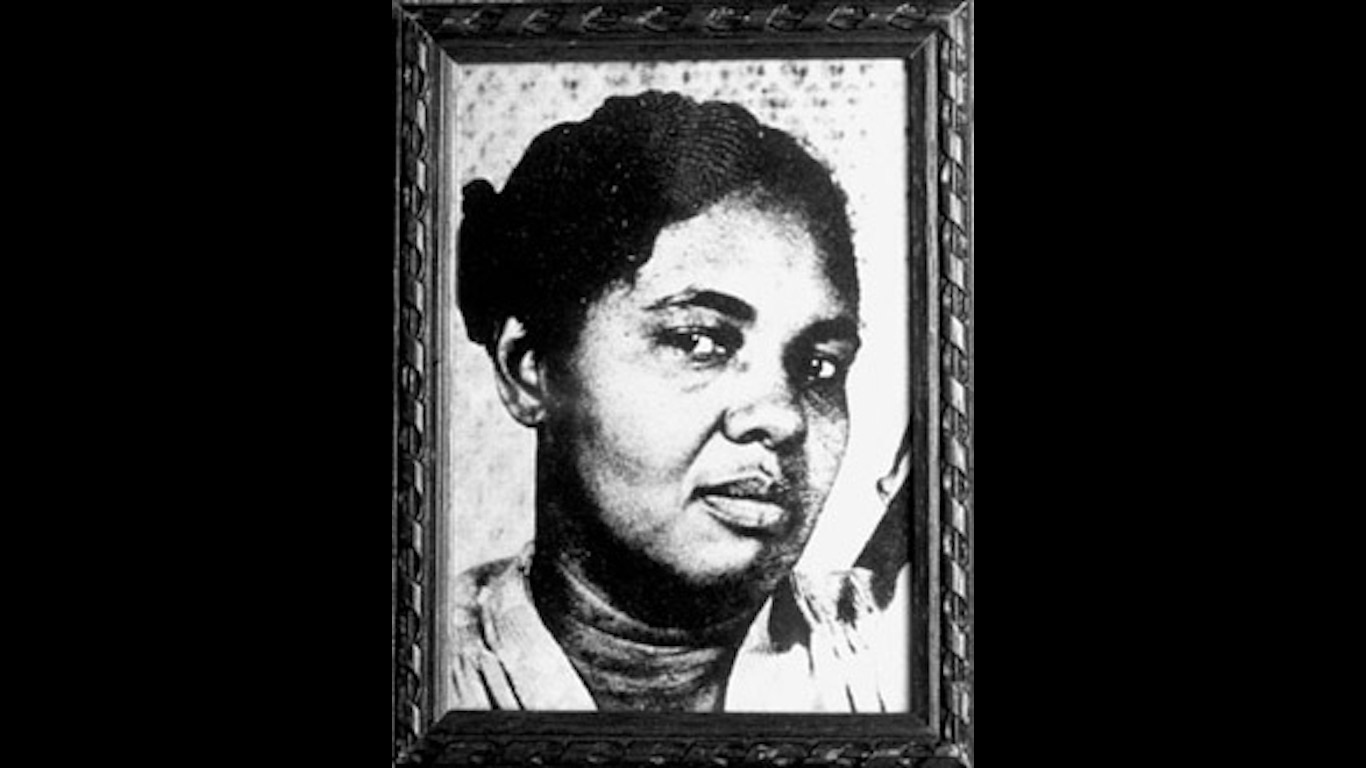
 24/7 Wall St.
24/7 Wall St.
 24/7 Wall St.
24/7 Wall St.